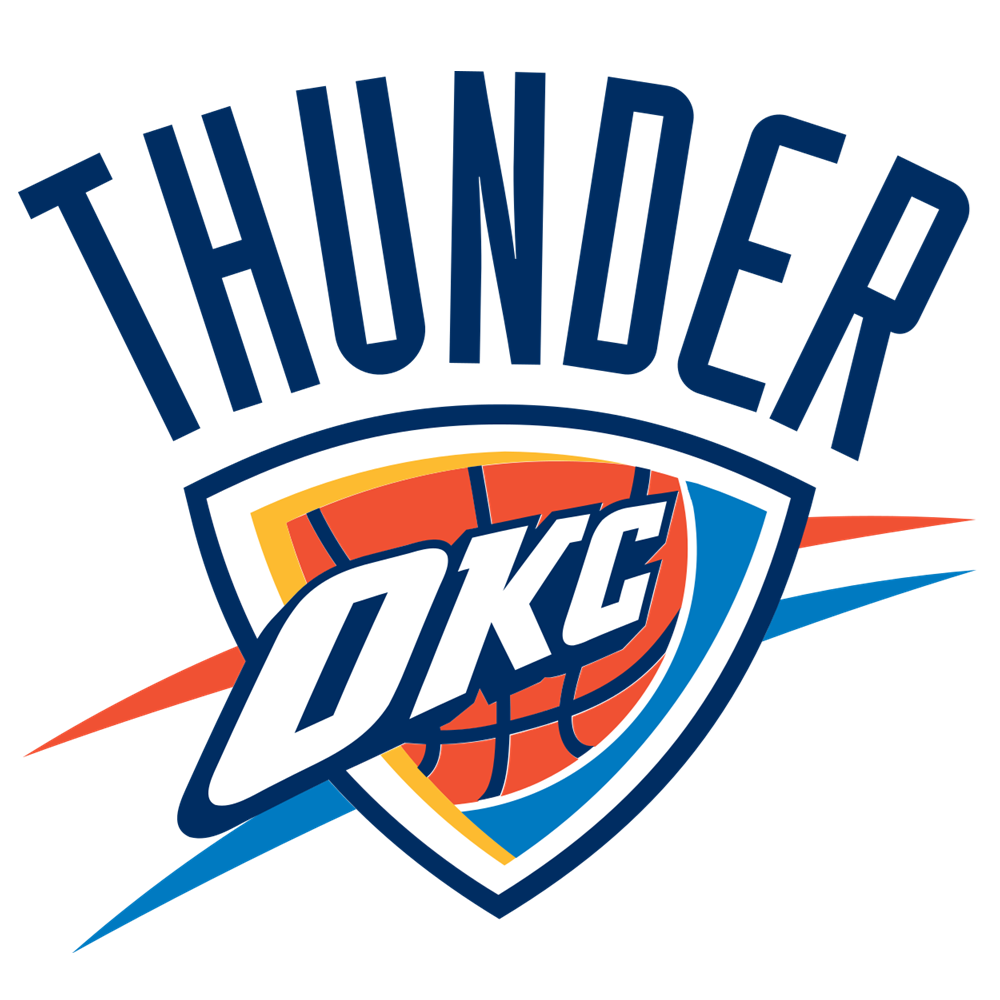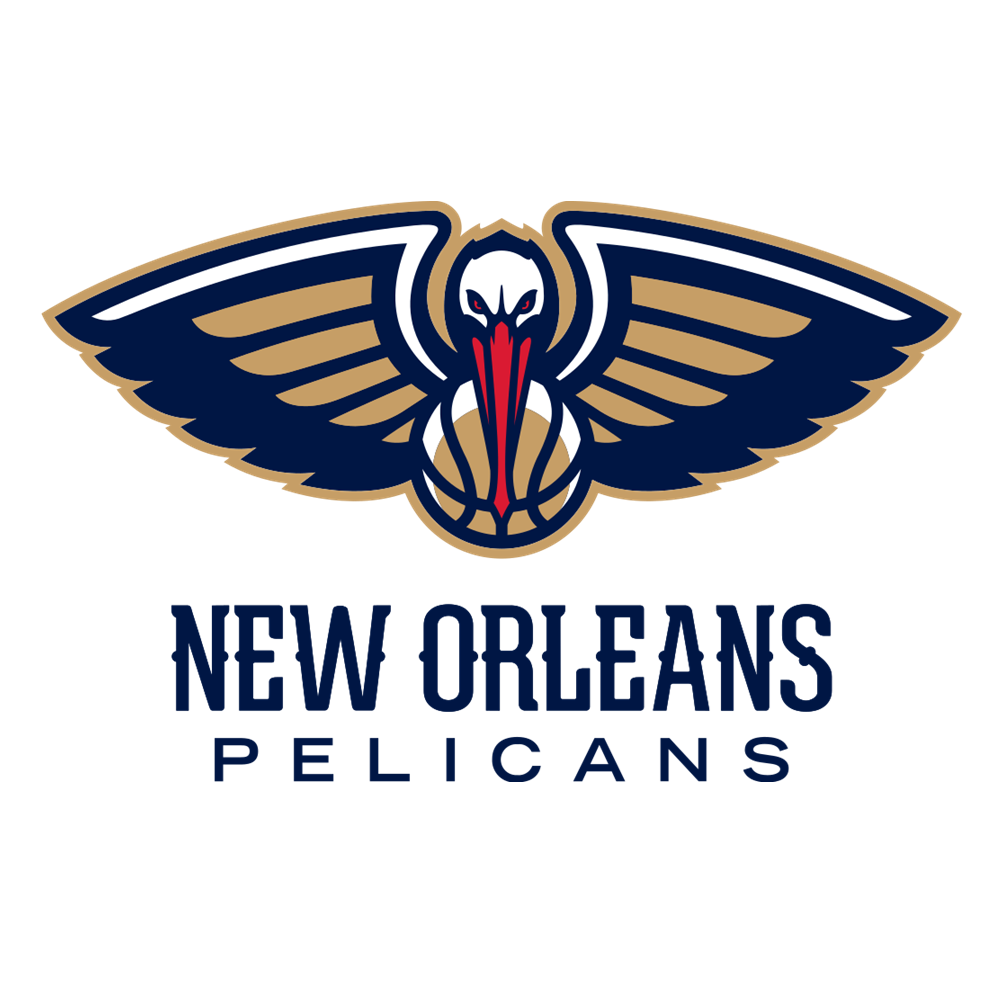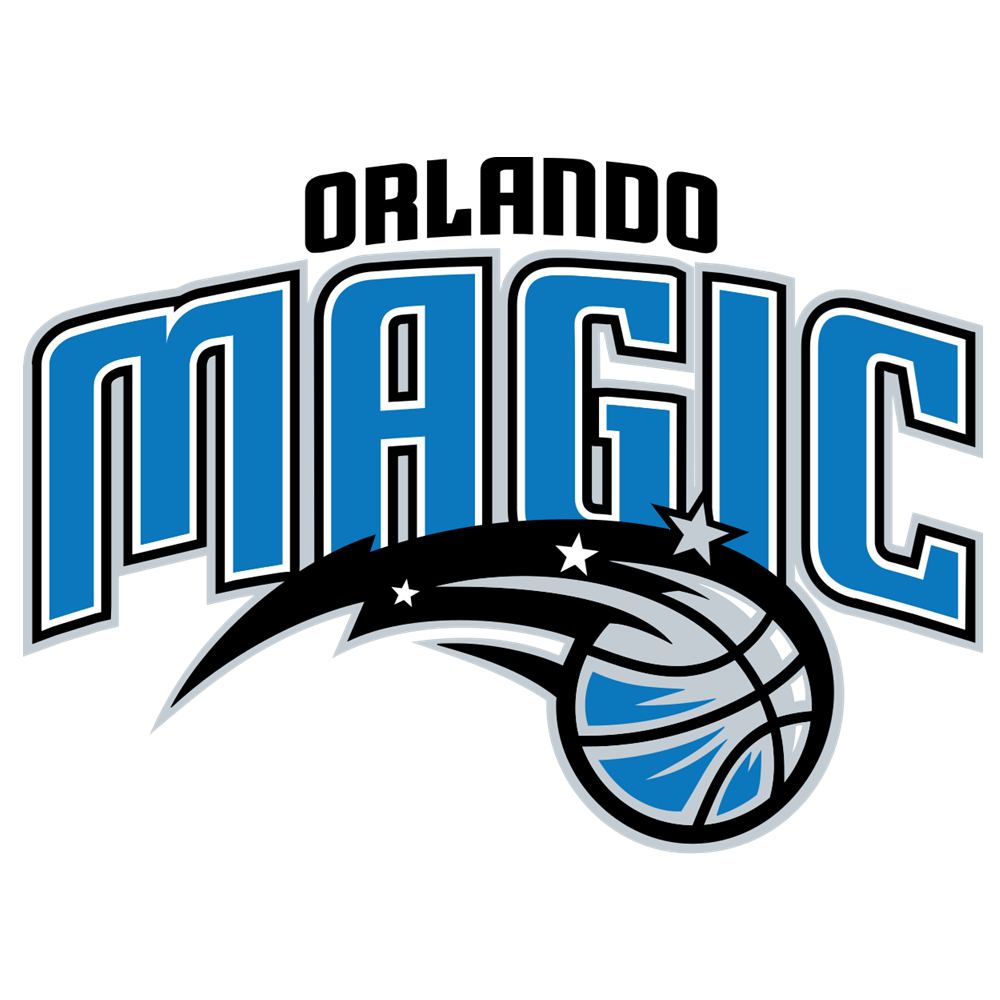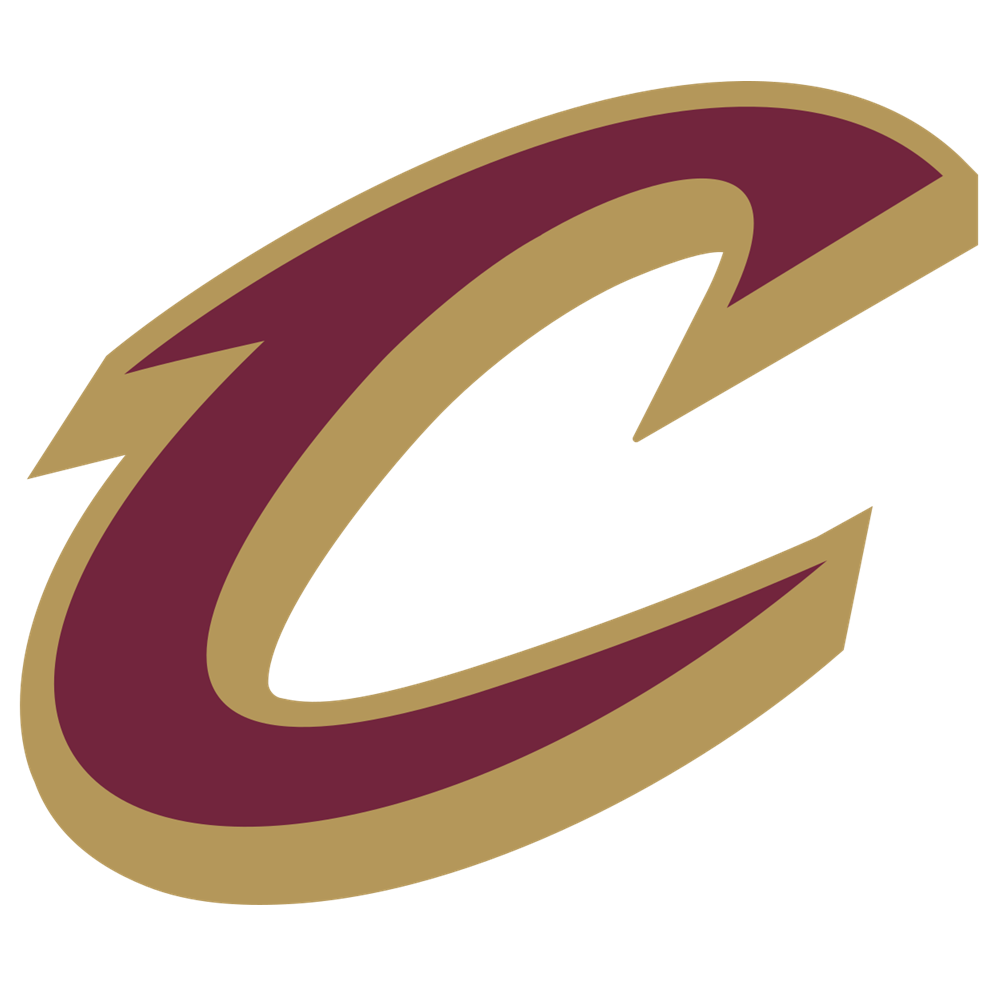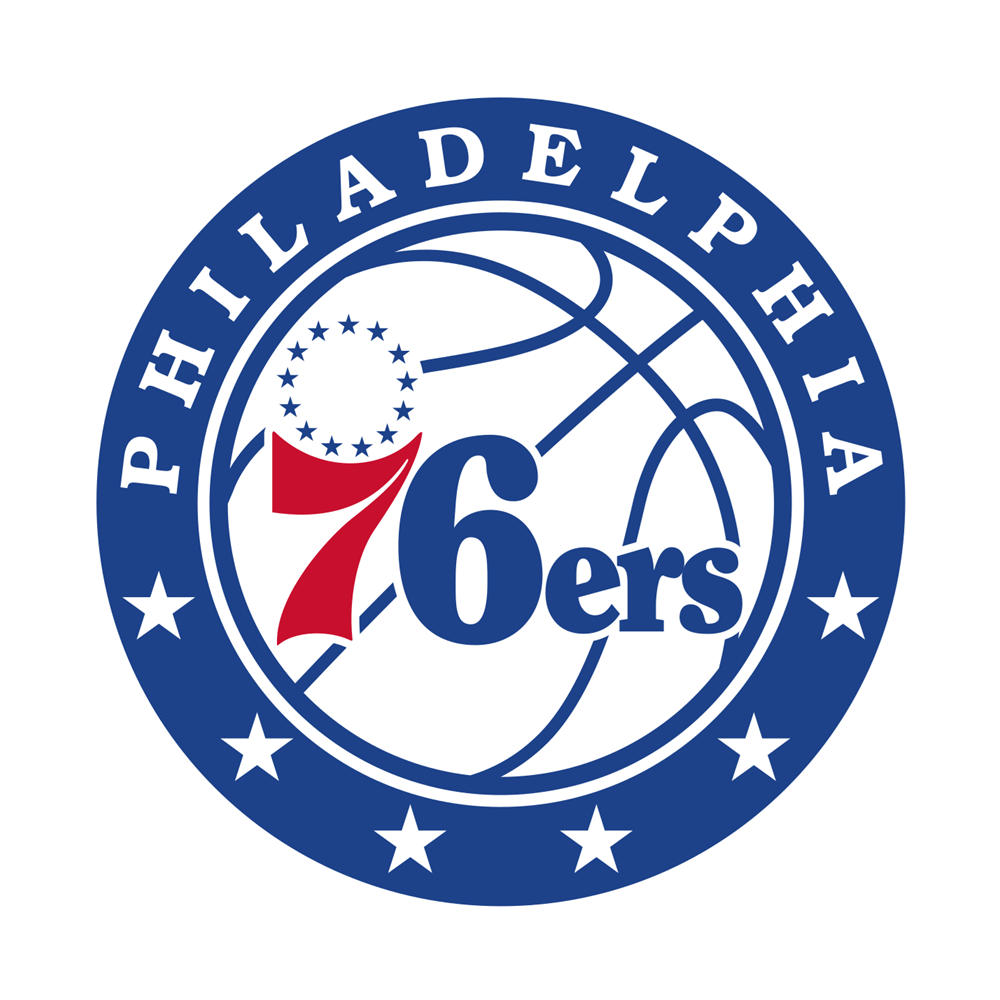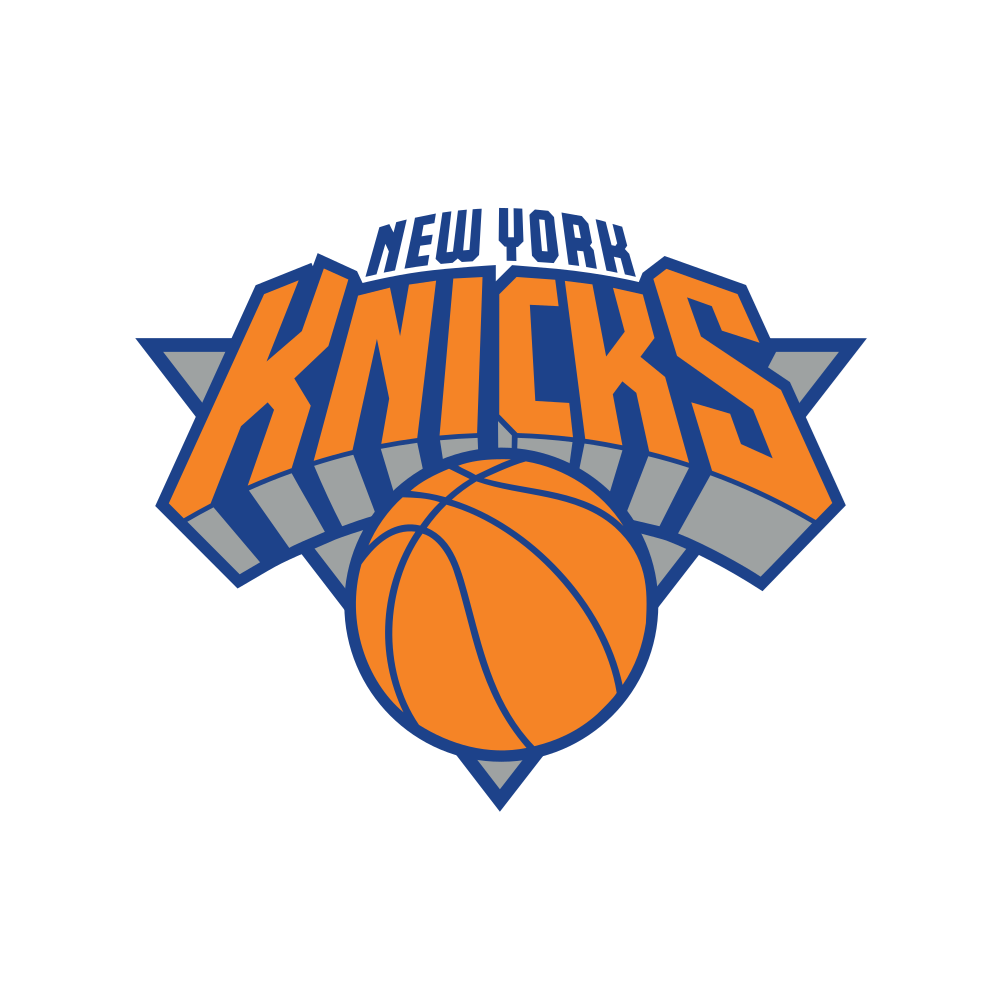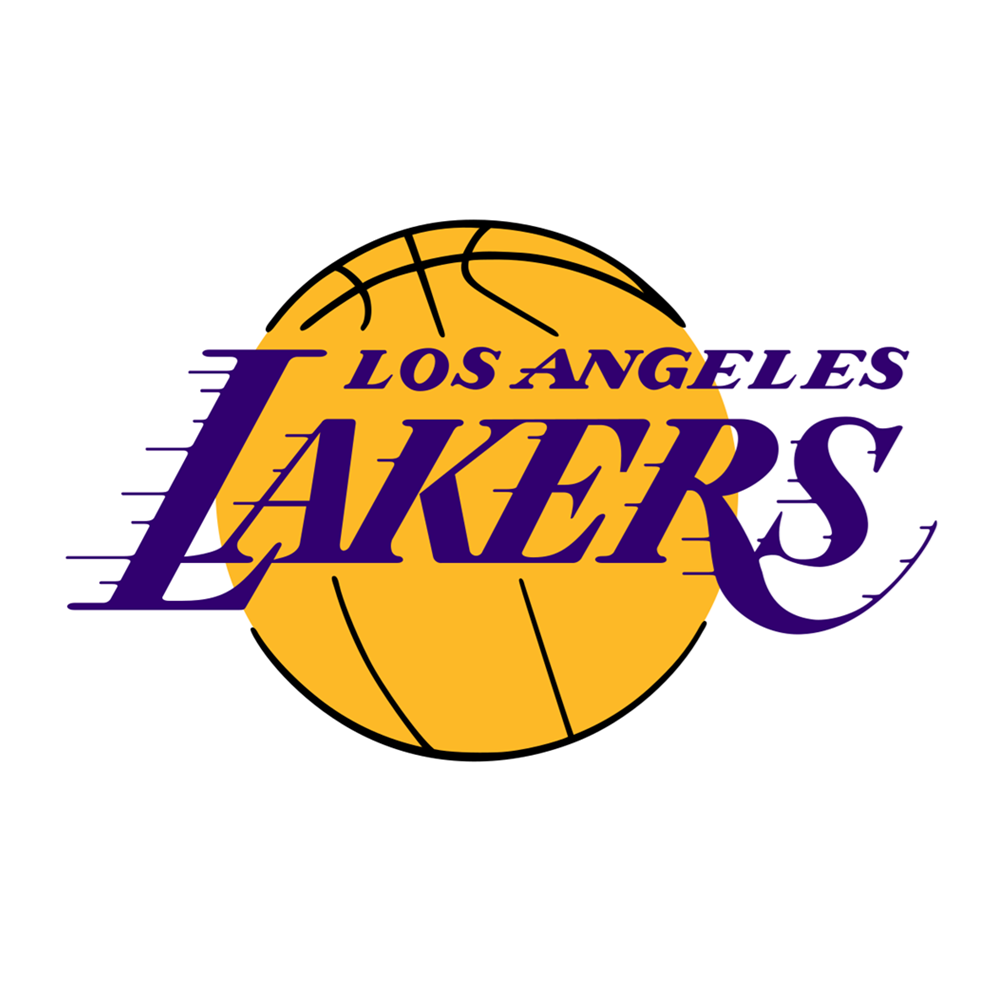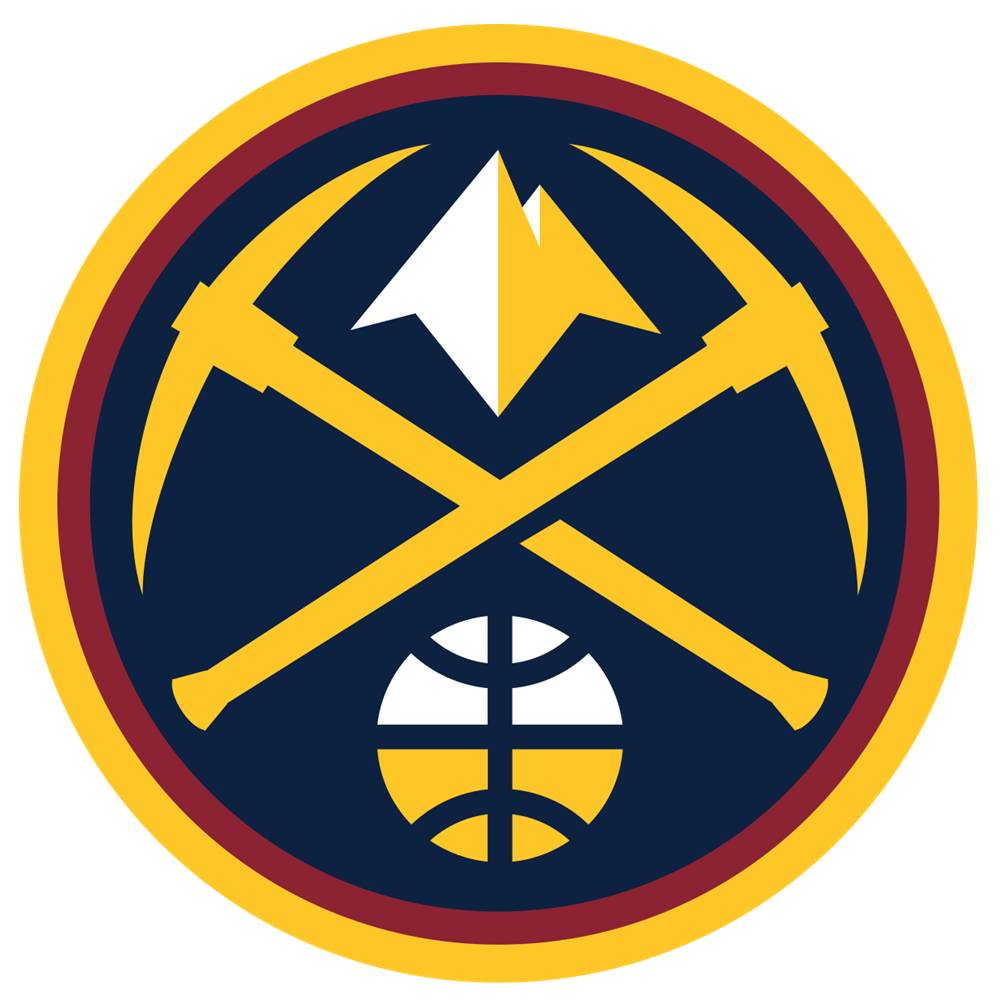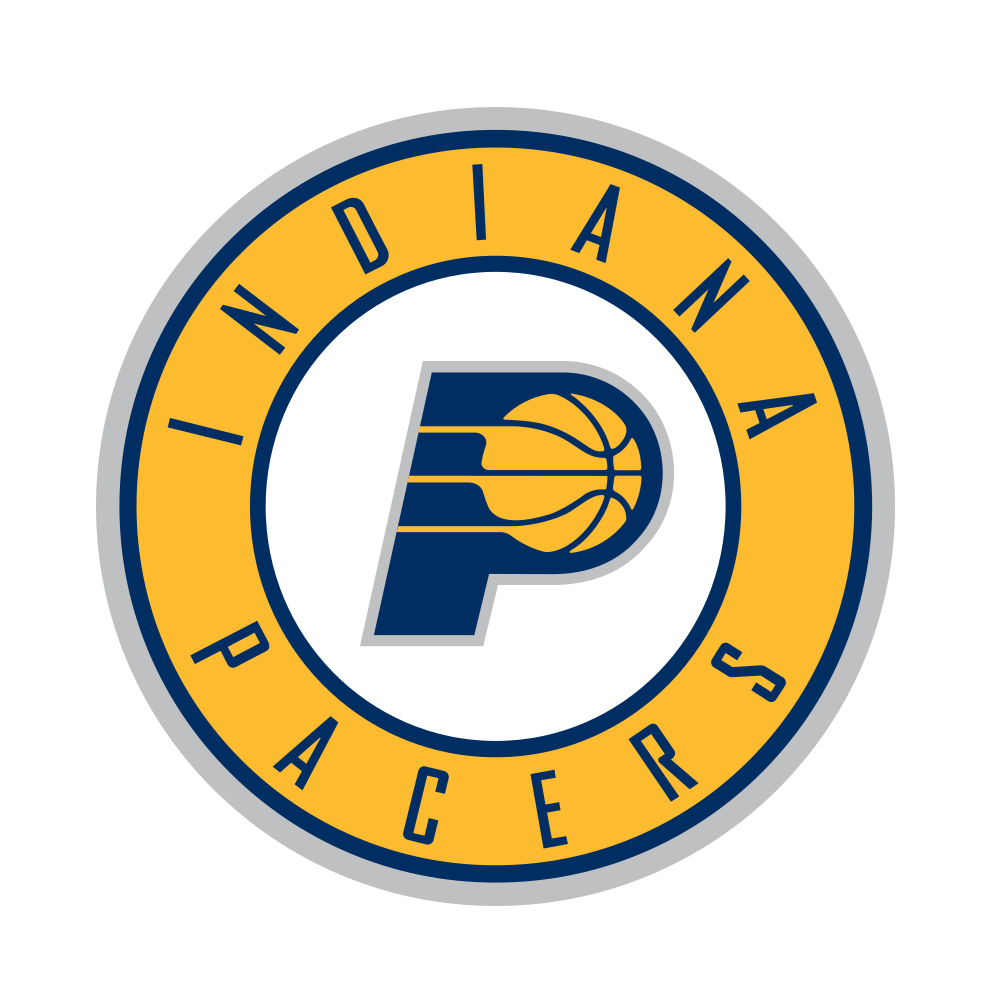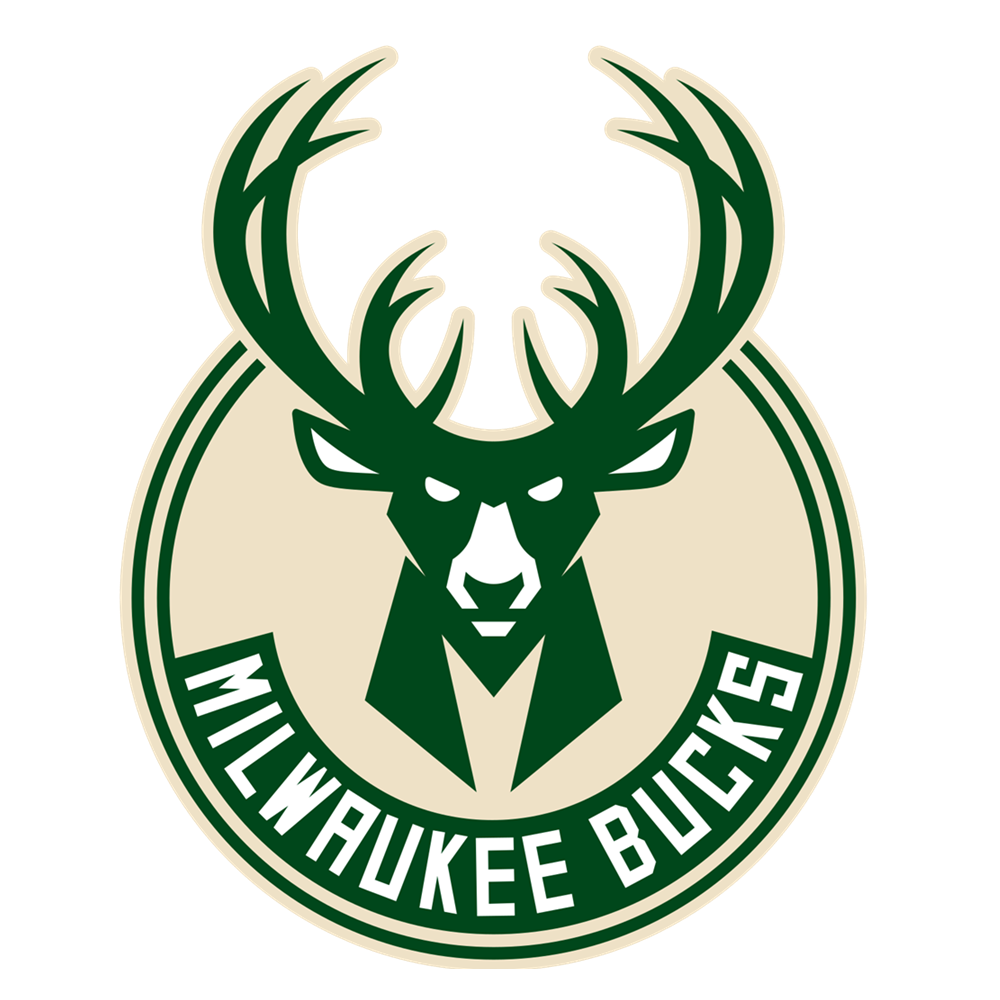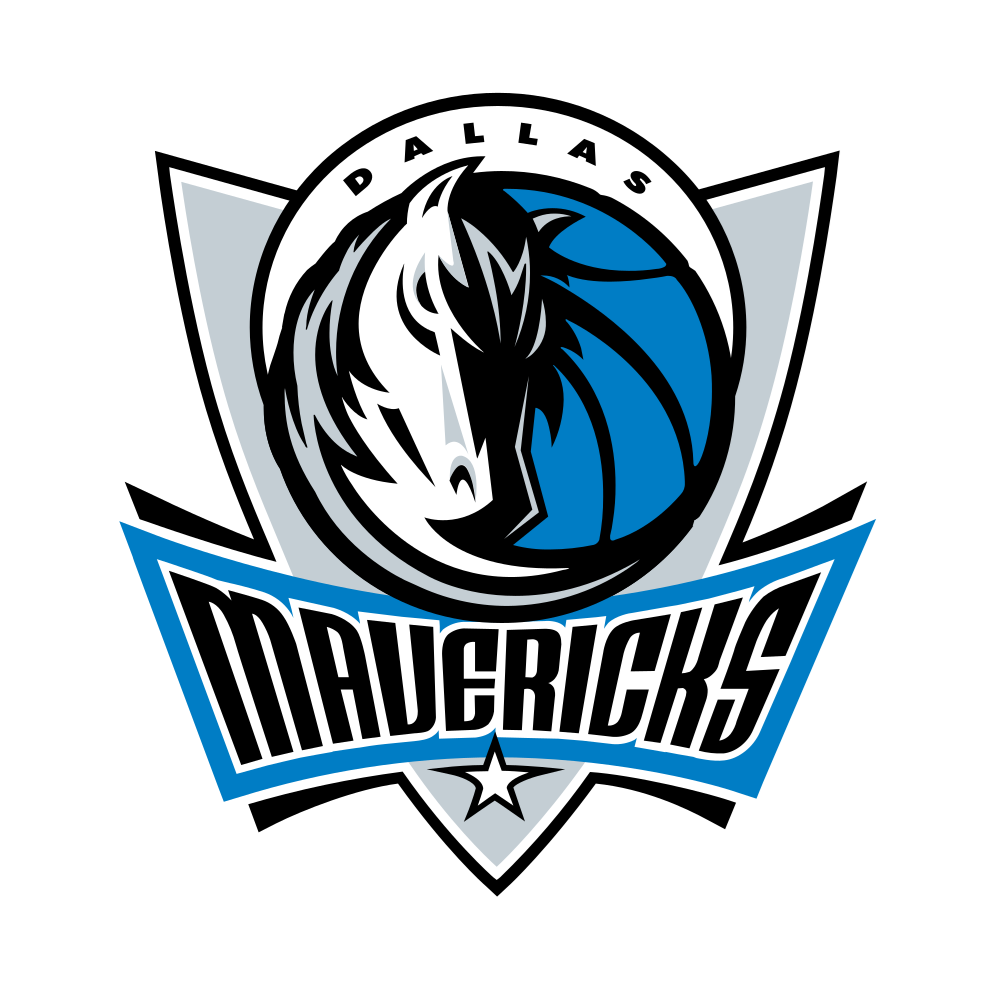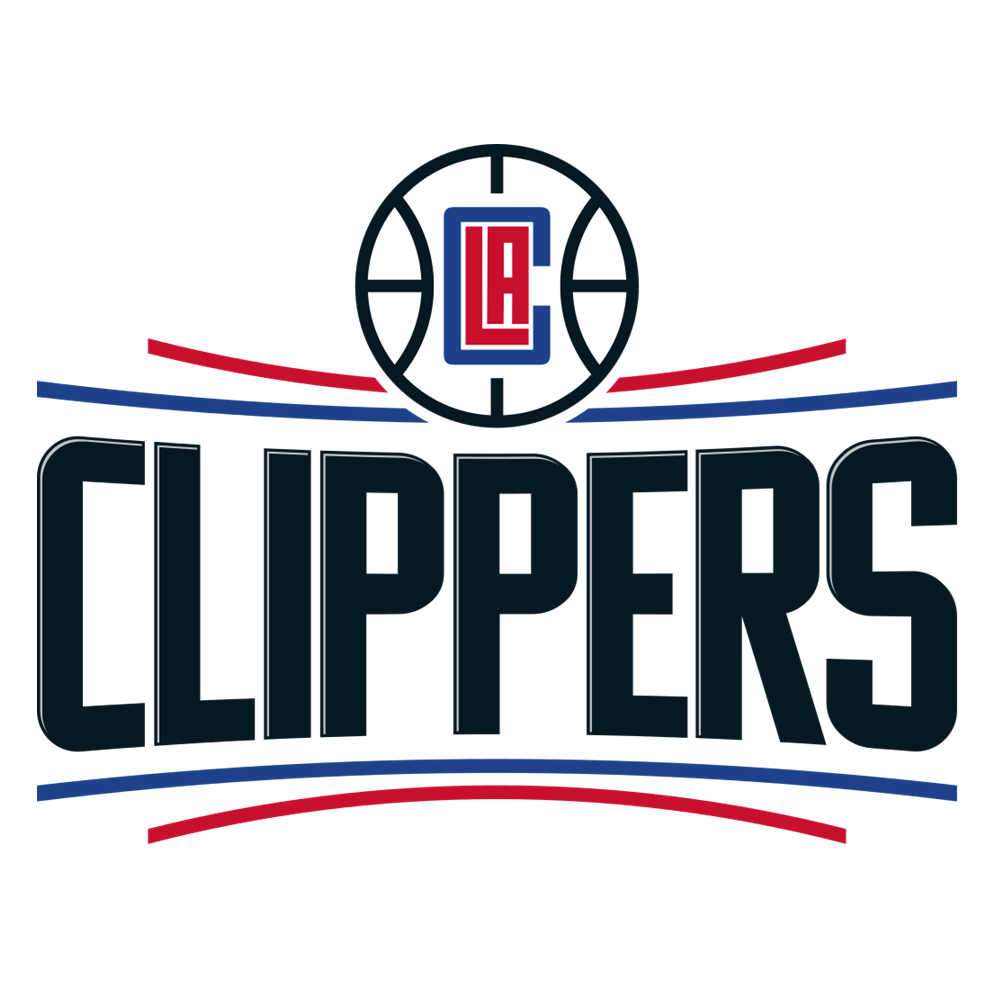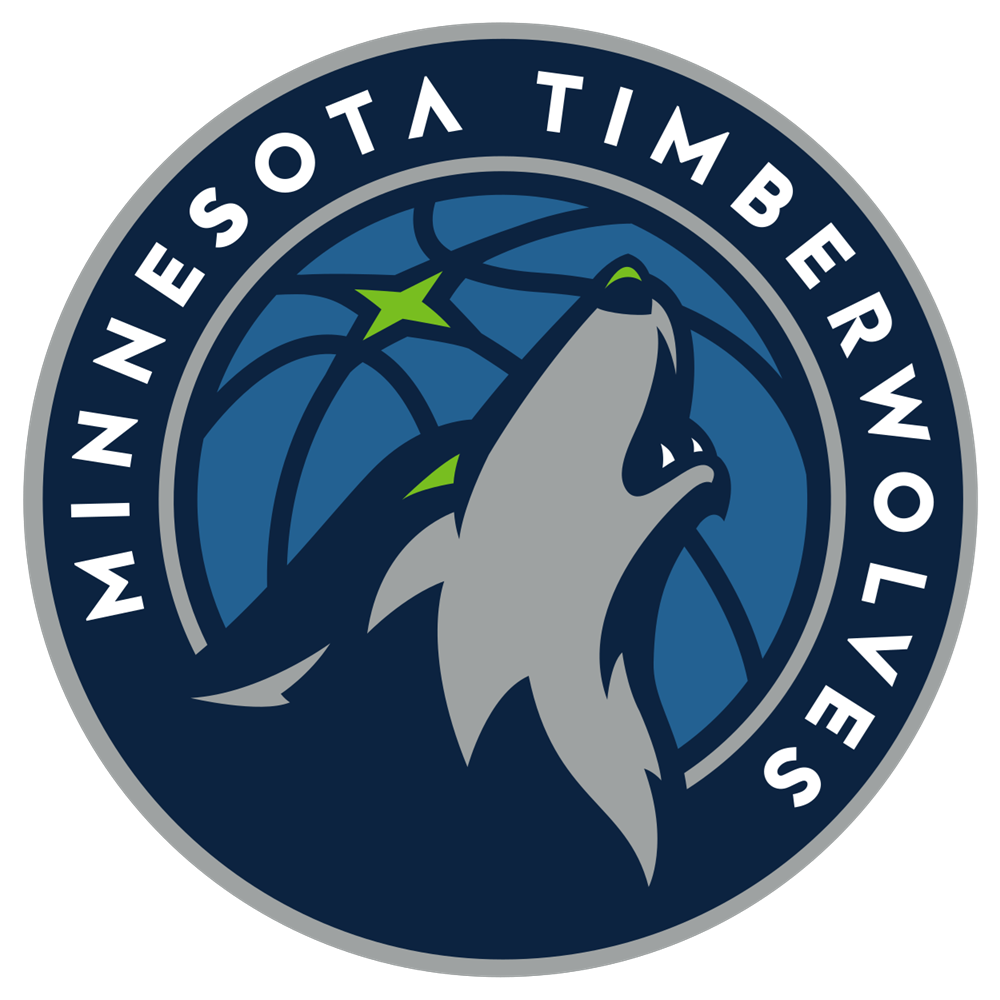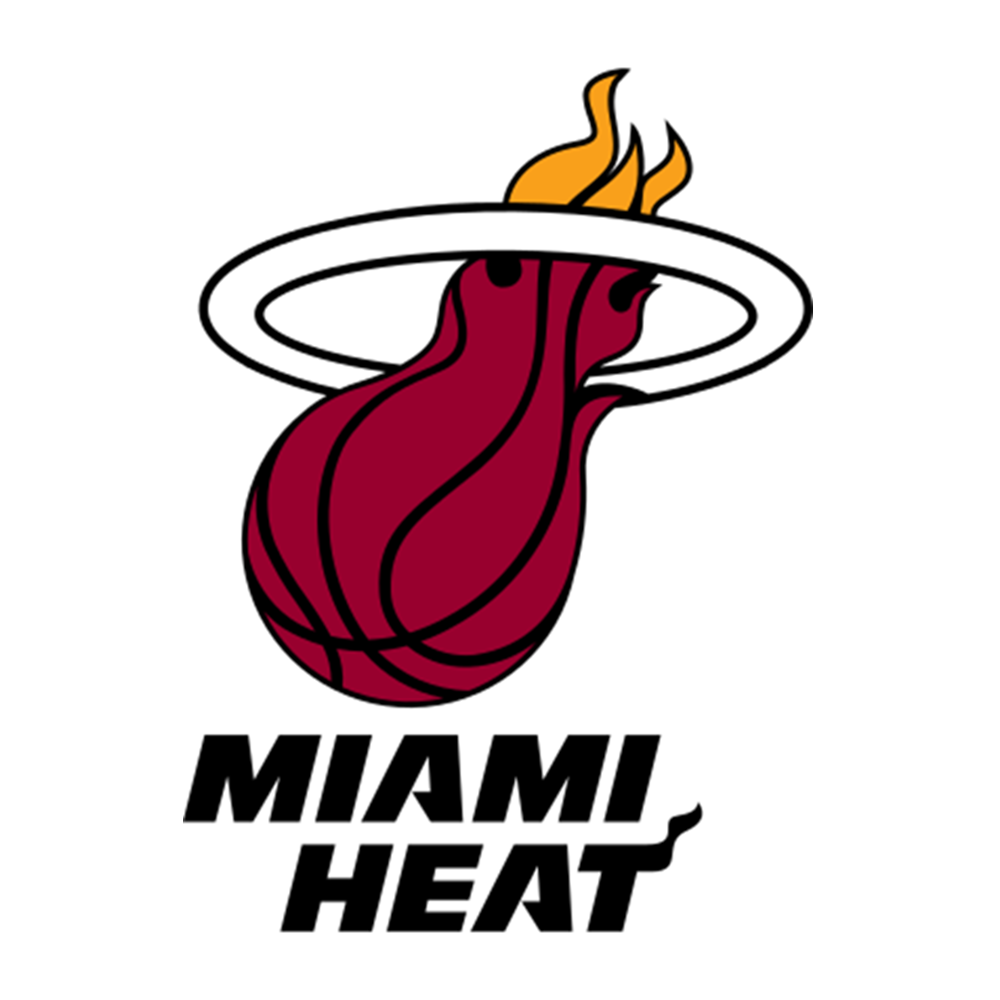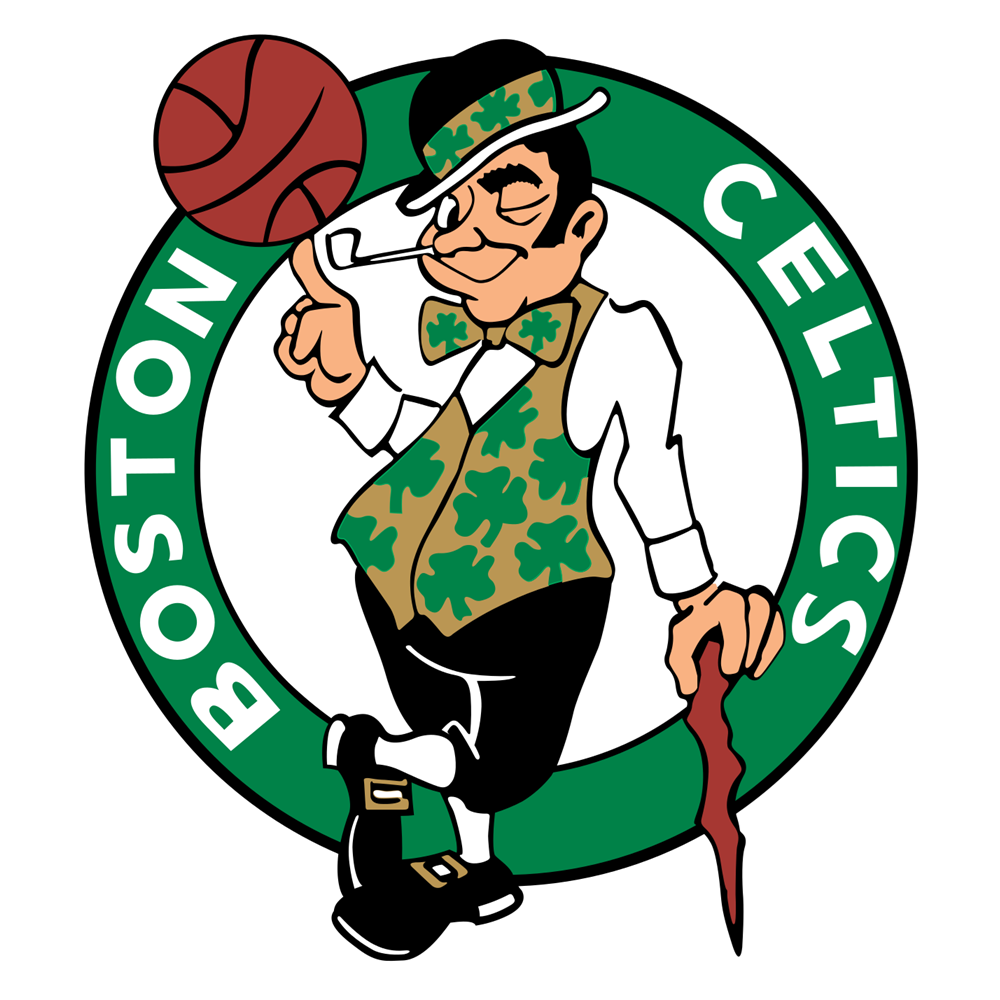Over the past three games, Portland Trail Blazers forward Maurice Harkless has averaged 11.3 points, 3.3 rebounds and 1.7 blocks per game. This, in itself, is not news. Those are solid numbers from a solid player on a solid team which would be a thoroughly unremarkable observation in isolation.
Of some significance, though, is the fact that Harkless is playing enough minutes again to do this.
Harkless has averaged 23 minutes per game in that span, but had played only 47 and a half minutes across the whole of the first three weeks of December, appearing in only five of the Blazers’ 11 games in that time. Two of those missed games were due to a quad strain. But the other four were simply coach’s decisions.
Harkless, the starter of the whole of last season and for the first 18 games of this season, just straight up lost his spot.
That benching did not come from nothing, as Harkless was significantly struggling on the court. He averaged 8.1 points and 4.6 rebounds per game in October, but shot only 37.0% from the field and a 47.4% true shooting percentage to do so, and dropped down to 4.3 points in 22.0 minutes of 15 November games on a negligibly improved 49.7% true shooting percentage.
Never a ball handler, playmaker or creator, and only ever a mediocre outside shooter, Harkless had lost his outside stroke entirely (15.8% three-point shooting in November and 30.4% on the year on what are almost invariably wide-open looks), which left him with very little purpose on the offensive end. Save for the occasional run-out and cut, he just stood there unthreateningly.
Venting his frustration to the press in a probably ill-advised way - more on that later - Harkless said of his offensive drifting, "I feel like I'm just out there". And it looked like it.
Up to a point, that is on Harkless. The fact that he is not a featured half-court creator is fine - most players aren't - but it does not preclude him from doing something on the offensive end. Even if Damian Lillard, C.J. McCollum and Jusuf Nurkic are using the bulk of the half-court possessions, Harkless could still have thrown himself at the offensive glass, run more, cut more, cut harder, exploited the baselines, put more meat on his screens, roll off them with purpose, or even stepped up his defence to create more transition baskets.
These were all options available to him. He wasn't taking them. And nor was this the first time.
At his previous stop with the Orlando Magic, Harkless fell out of the rotation, and then out of the team altogether, due to similar circumstances. He struggled offensively, got down about that fact, and let his intensity and energy drop because of these frustrations. Harkless, then, has always had some control over this situation, and could control his own narrative. He didn't take that opportunity either.
Harkless, though, was never meant to be a scorer. With his combination of size, length and lateral speed, Harkless is supposed to be a defensive specialist, someone who can switch onto twos, threes and fours on the perimeter and not be overmatched by any of them. He could always stand to improve the speed and urgency of his help defence, yet in a man-to-man situation, Harkless was versatile, effective, and, to this current Blazers' roster, somewhat unique.
However, regardless of what he could bring to the team defensively, it was considered more important what he wasn't doing offensively. And there came a point when head coach Terry Stotts felt he had to look elsewhere.
The decision Stotts took directly implies that someone else could do a better overall job on the court, which, in the case of Harkless, means his defence did not outweigh his lack of offence. It is hard, however, to prove that either way. Harkless's body language was clearly worse and the offensive regression was substantial, but the team's defence with him in it was extremely strong. Whereas last year they were seventh-worst in the league with a 110.8 defensive rating, the Blazers this season have flown up to second-best with a very healthy 103.8 rating.
With his own rating of 103, Harkless was a part of that turnaround. But due to the team's improvements, he no longer stood out as one of the only willing defenders, and his own scoring struggles became more obvious than what he did well. In this respect, perhaps the Harkless case speaks to the effects of offensive performance on perception of defensive performance. Offensive limitations and stagnating play notwithstanding, Harkless never lost his defence, but he lost his spot anyway.
How much did the former bias the latter?
When Harkless got pulled from the rotation for a combination of his offensive struggles, minor injury and a disheartened demeanour, the (anecdotal) perception of him amongst Blazers fans seems to revert to that of him being merely a "solid" defender. But that perception was certainly not the case last year. Last season, when Harkless was making more shots (10.0 points per game, 57.0% true shooting percentage), he was more widely perceived as one of the "best" defenders on the Blazers, if not the best, and a real difference maker.
This variable perception is not confined to Harkless alone. This season, Harkless’s running mate at forward Al-Farouq Aminu is shooting well from three-point range at 42.7%. This may well be an unsustainable outlier given his career 33.3% mark, his 33.1% shooting last season and his career best of only 36.1%. Yet it is nonetheless a very healthy number that gives Aminu a clear purpose and impact offensively.
Perhaps it is because of this that, even though Aminu missed substantial time early in the season and the Blazers' defense - with Harkless - did not miss him much, or at all, Aminu maintains his reputation as a high-calibre forward defender when Harkless has not.
This question of perception is perhaps most readily applicable to fan bases. In this particular example, the sample size is small, and Harkless's own on-court demeanour is an unignorable factor. But to have one's defensive perception warped by their offensive ability is also not an isolated event. [See also – all of Kobe Bryant’s Defensive First Team awards.] And perhaps it is not something confined only to fan bases. Perhaps it also affects the professional decision-makers.
Perhaps it is also not the only instance among the current Blazers rotation, either. Missing a bunch of shots over roughly 20 games is probably not a sufficient well-supported reason to make a major rotation change, all else being equal. Yet right now, Stotts has Evan Turner out there in what was Harkless's starting role every night.
The choice of Turner over Harkless is key to this idea of warped perception. It matters who Harkless lost the spot to, and what they have done with it.
It is true to say that, aside from Jake Layman (who did get one spot start yet who has still to prove anything on an NBA court in a year and a half), no other small forward candidates were really available, thus the starting small forward spot rather defaulted to Turner. [This assumes that Aminu is henceforth only to be considered as a power forward, which it seems he is.]
But Turner himself is a beneficiary of perception over substance. Be it through his status as the second overall pick back in 2012 or the four year, $72 million contract Portland signed him to in the summer of 2016, people always seem quick to believe that Evan Turner is a good NBA player. He just isn't, though.
As a player, Turner's strengths are supposed to lie in his ability to create his own shot, and his ability to be a secondary or tertiary ball handler and playmaker for others. Supposed to, anyway. The results are not there.
He has some moves off the dribble, but doesn't create enough separation to get all that open, and nor is he a good enough shot maker to be taking all that many. His snatchy jump shot has always lacked rhythm and range, and he lacks the explosion to be a good finisher at the rim. There is no one shot at which he is particularly capable, no one area on the court that is his, no one move he can call his own. His ability to score, such as it is, comes from volume. A very inefficient volume.
Perhaps Stotts viewed Turner's perceived ability to isolate, create off the dribble and draw the defence as a useful remedy to a Portland half court offence that still can get bogged down, even with three good weapons in the starting line-up. But the results are not there, either. As a ball handler and play making option, Turner has an assist to turnover of a mere 1.39/1.
The idea of him being a point forward alongside McCollum and Lillard's scoring works only in theory and has been exposed in practice. He just isn't good enough with the ball to merit taking it off them, and yet he does nothing off of it himself. Turner can go one-on-one when the rest of the offence gets stuck in a rut, and definitely will, but he really shouldn't.
With all this in mind, is Turner playing any better offensively than Harkless? Or does he just look like he should be?
If Turner is not to be a primary ball-handler, then he really is not suiting any purpose at all. Better shooters are available. Better drivers are available. Better creators are available, too. See for example the refreshing play of Shabazz Napier, who is all three of these things.
The final theory goes that Turner should play with the starters instead of the reserves because his own lack of ability to space the floor, plus the reserve's inability to do so either, makes for an even more clogged arc, an even less effective Evan Turner and an even less effective Blazers offence. But the fact that Turner should not play with the second unit does not have to mean he should play with the starters.
__________
One of the recurring themes about fandom, however informed, is that on this side of the fence, we have very little idea what we are talking about when we evaluate coaches from the armchair. The job of a general manager is, in some sense, comprehensible to us, as the decisions they make are ones we can also make (probably terribly, but at least we know what it means to decide on drafting or signing this instead of that player, or to negotiate trade value, etc.). In contrast, absent high-level coaching or management experience dealing with world class talents in a competitive environment, we really do not even know what the primary decision making of coaching is.
Therefore, in asking questions like this, it should be understood that the benefit of the doubt is with the coach, not on the basis of an appeal to authority but from a standpoint of humility and low information.
In the above examples, there is an implied criticism of Stotts. But the evidence from the things that are clearly up to him and clearly observable by fans watching games - changes to rotations, play calls, in-game adjustments, new wrinkles and emphases in the offence, etc. – indicate that Stotts is very smart and good at his job. It is entirely possible, even given everything we know about Moe Harkless, Evan Turner and this year's Portland Trail Blazers, that Stotts is either right or is taking a justified risk to change his rotation as he has.
Consider also how successfully Stotts has lately pivoted away from using Turner as a primary ball-handler, instead finding more minutes and responsibilities for the smaller Napier despite a previous preference for more backcourt length to complement Lillard and McCollum. Instead of yielding to obligations to play certain players, Stotts clearly seeks only to play the combinations that most benefit the team.
What does seem clear now, though, is that Turner is not in any of them.
With Noah Vonleh fresh off of playing some of the best ball of his career and with a front-court log jam that would also benefit from getting the hungry Caleb Swanigan some minutes, Aminu at the three spot flanked by Vonleh might have been the answer to the need to remove Harkless. Instead, Turner got the time because he is expensive and supposed to be good.
There is, however, no proof of that. Turner does not create mismatches, cannot consistently penetrate meaningfully or collapse a defence, is exposed by speedy opponents and cannot shoot his way out of anything.
Maybe the three-game resurrection of Harkless from the bench is the start of the reversal. After all, in looking far more active in these last three games than before, maybe Harkless heeded the message he needed to hear and will get back to his energy and play of last year.
Harkless has outplayed Turner of late, and played pretty much on a par with him to start the year as well. Admittedly, this is only true because both were playing badly. But perhaps Harkless’s offensive struggles gave the impression that he was a less useful player to the current Blazers than Turner, when the evidence now suggests otherwise.
The experiment should be over. Evan Turner doesn't fit on this Blazers team, and forcing a fit isn't building any trade value. Harkless has been mostly poor, but Turner has been worse. At least one of them can defend.
